How Long Will it Take to Get My Return From Investing in Packaging Equipment?
This article will show you the most effective way to calculate how long it will take to get your return from investing in packaging equipment.
10 min read
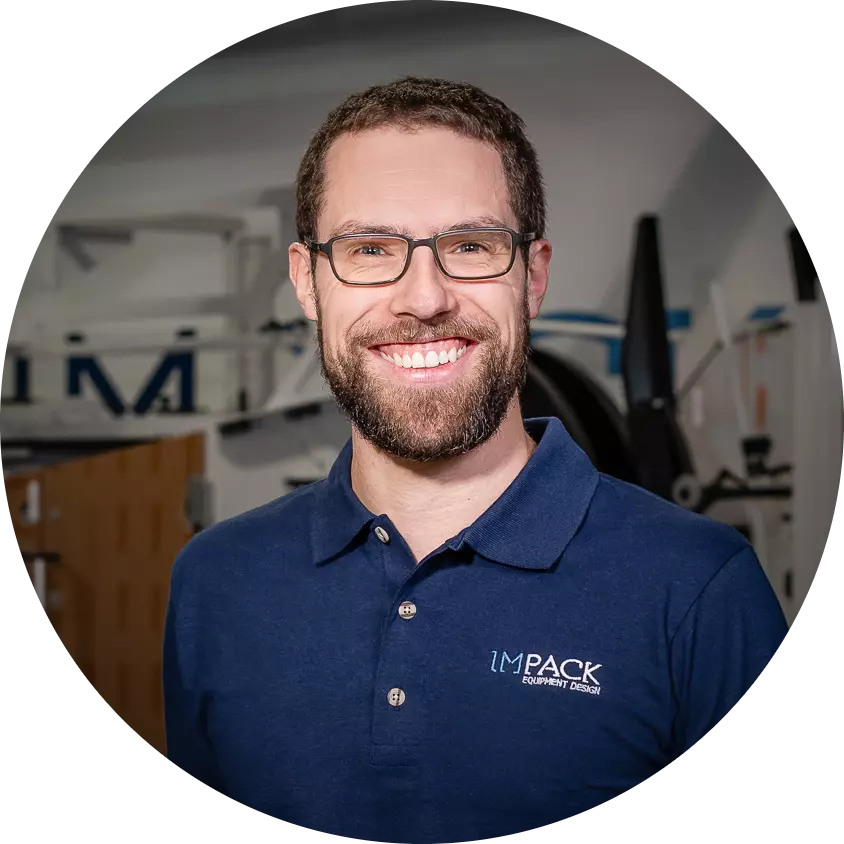 Stefan Badertscher
:
July 22, 2021
Stefan Badertscher
:
July 22, 2021
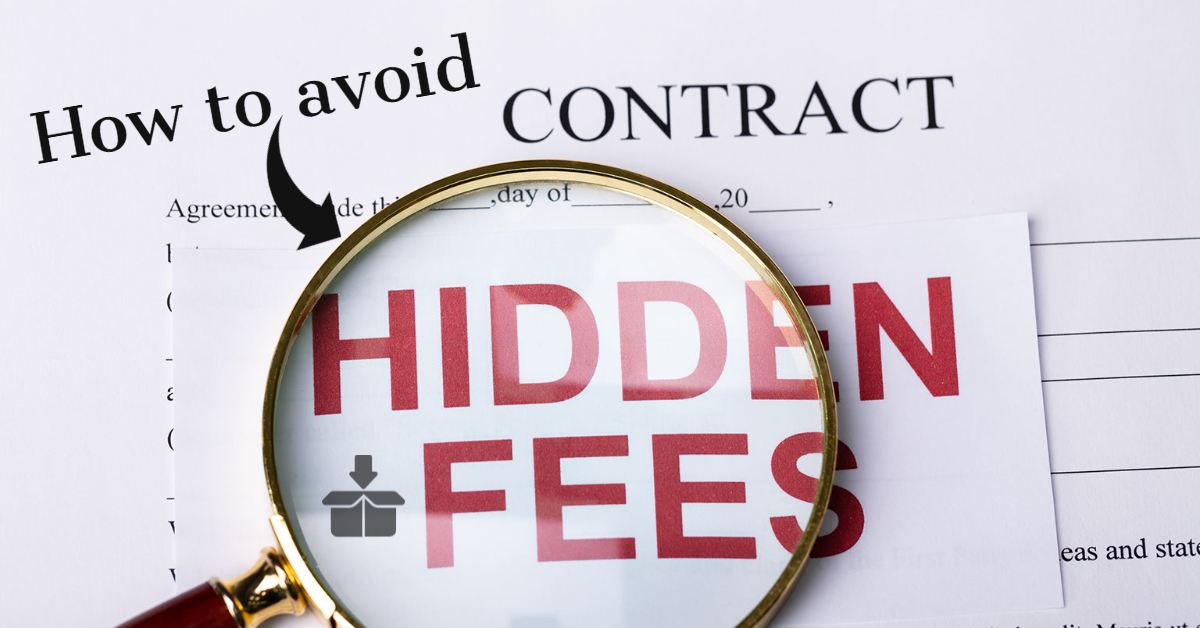
“Why did no one tell me that I have to pay these fees upon delivery?”
Yes, I confess. I am one of those people that increased my online purchases by a two-digit number in the last 2 years.
Many things can still be improved with the online shopping experience, but there is one huge no-go in today’s online world and that is: Hidden costs when your package arrives.
You are so excited and looking forward to getting your order but then the delivery person asks you to pay a certain tax and that’s when things go south.
“I have to pay tax on my delivery?!”
That was my experience a few weeks ago. I ended up paying the fee but you can guarantee that I will never shop at that online store ever again. I digress.
Hidden costs are present everywhere and one particular place they are often overlooked is in the packaging industry.
Clients are often surprised by hidden costs or they simply forget to consider these costs.
Every box manufacturer wants the fastest payback from their investment in packaging equipment.
No box manufacturer wants to be confronted with unforeseen costs during their purchase and more so during the delivery and installation of their machine.
Since working with IMPACK, I have seen over 140 projects being realized in countries all over the world; some of them were on the opposite side of the globe. Thus, I have seen projects with a variety of client structures, country customs clearance procedures, and working personnel.
And those hidden costs appear in many different forms.
This article will break down the most common hidden costs before and after signing a contract. Plus, I’ll show you what costs you can reduce, what costs you can avoid, and how to do so.
This way you know exactly what to expect from IMPACK and with full transparency.
Note: All illustrated costs are in Canadian dollars (CAD). 1 CAD = $0.79 USD. Click on XE.com to open the currency convertor in a new tab that you can use as a reference while reading this article.

Hidden costs are the unexpected costs associated with a purchase. They are not included in the purchase price but should be covered by the client.
Hidden costs are important to consider because they can push the final price up by thousands or hundreds of thousands of dollars.
Unfortunately, hidden costs are often overlooked by clients, especially hidden costs involved in the purchase of packaging equipment.
Known costs (or visible costs) are the “obvious costs” that would directly impact your purchase price or a cost that you can directly see.
Known costs are always discussed during the contract finalization with your packaging equipment manufacturer and they include:
The packaging equipment’s cost.
Shipping and delivery costs.
Startup and training costs.
🔍 Related: How Much Does Packaging Equipment Cost?
In contrast, hidden costs (or invisible costs) are the “not-so-obvious” costs that indirectly impact your purchase price or a cost that you cannot see.
There are a multitude of hidden costs that can appear before or after signing a contract with a packaging equipment manufacturer.
In the next two sections, I will list the most common hidden costs, the value of those hidden costs, and how you can reduce or avoid them.
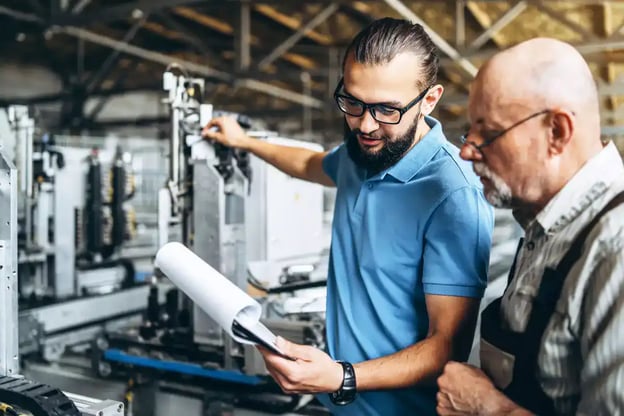
There are 2 hidden costs that are very common before signing a contract:
Sample Shipping Costs.
Costs Related to Seeing the Machine.
The first step we take at IMPACK is to offer you a free, no-strings-attached, productivity analysis of your production. If you’d like to learn more about our free productivity analysis, get in touch!
This allows us to have an overview of your current production, identify existing bottlenecks, and determine the best solution to maximize your folder-gluer’s productivity.
The process of analyzing your production takes the form of a “Sample Analysis” where an IMPACK expert will ask you questions about your production and the boxes you process.
This brings us to the first cost: Sample shipping costs.
Most of the details about your production can be discussed before testing samples of your boxes.
That said, to ensure that your packaging equipment fulfills the needs that your company is looking for, nothing is better than having real box samples.
Sample shipping costs refer to the cost of shipping your box samples to IMPACK.
This can start with you sending us only a few glued boxes per sample for a preliminary feasibility analysis and then go up to sending us several full cases of glued boxes on a pallet.
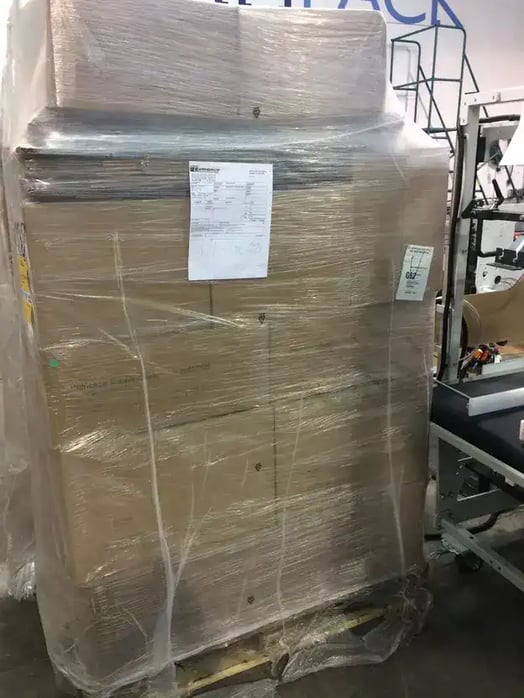
Once the preliminary feasibility analysis of your box samples proves great potential, a small or large pallet with cases is typically sent to validate the production speeds and also prepare for Factory Acceptance Tests (FAT).
This is how we have successfully guaranteed the performance of every IMPACK machine over the last 20 years and built long-lasting relationships with our clients for many years.
An envelope or package with box samples can cost you between $40 to $250 CAD.
A pallet with box samples can cost you between $400 to $1,300+ CAD.
At IMPACK, we like to be an open book with our clients.
We want you to know exactly what to expect from your packaging equipment to avoid any surprises.
Hence, we take box sampling extremely seriously as we want to guarantee the performance and packing speed that your packaging equipment will offer you.
The box sampling procedure will forecast how much output you will be capable of producing, at what speed, and with what number of packing staff.
As a result, sample shipping costs cannot be avoided.
🔍 Related: What Packing Speeds Can You Reach with IMPACK’s Packers?
Sending your box samples will show you:
What return on investment (ROI) you can expect over the next few years.
How long it will take to get your return from investing in packaging equipment.
Whether this investment makes sense for your company or whether it is not right for you.
Costs related to seeing the machine consist of the expenses incurred from traveling to see a machine live somewhere.
And this cost depends on where that “somewhere” is. In other words, it depends on your geographical location.
At IMPACK, we like to offer our clients as much flexibility as possible.
Therefore, we offer several options for you to see a machine live in action:
Visiting IMPACK’s manufacturing plant and seeing the machine run live.
Visiting a client’s production plant and seeing the machine run live.
Seeing the machine running live on a video conference and watching videos that show you how the machine runs from different angles.
Speaking to reference clients and hearing about their experiences with IMPACK.
Depending on the option you select, it can range from $100 CAD to several hundred dollars.
In the end, this cost is the travel expenses incurred to see the machine and nothing else.
Fortunately, costs related to seeing the machine are one of the hidden costs that can be completely avoided.
In fact, the majority of our clients have never seen our packaging equipment in person before they purchased it simply because it is not worth the added cost.
We’ve made this possible over the last 20 years through box sampling tests, hosting video conferences of our machines running live with clients’ box samples, sending videos of our machines running at different angles, and offering performance guarantees (Factory and Site Acceptance Tests).
Having said that, every client is welcome to visit IMPACK’s manufacturing plant and we can certainly organize a demo.
In the last two decades, we have sold over 400 machines across 25 countries. And most of those machines were sold without needing any demonstration units.
By demonstration, we do not mean that we do not offer any demonstration. What we mean is that we generally do not show a demonstration of a machine in a demo center, unless requested.
This is because a demo center does not show you the real deal with your boxes.
A company that shows you a machine in a demo center is really showing you the machine the way they want you to see it and within a controlled environment.
This is because they can set every working piece of the machine the way they want, choose the perfect dimension of the boxes to fit the machine’s specifications, and ensure that the machine is operating at maximum speed.
But again, that is a perfect and controlled environment.
Instead, we share videos of our machines taken at our clients’ production sites that show you a real-life utilization of the machine by real people. Not by IMPACK, but by real people using the machines.
If you choose the second option which is visiting a client’s production plant and seeing the machine run live, it is important for you to know that you may not see the same types of boxes that you have running or the packing mode that you’re interested in.
This is because clients often have last-minute orders or unexpected circumstances out of their control. Thus, spending additional money on seeing a machine in person is unnecessary and can be avoided.
As for the fourth option of speaking to reference clients and hearing about their experiences with IMPACK, we could connect you directly with some of our clients via phone or video to get real-life feedback on their experiences in working with IMPACK.

Once you have chosen your packaging equipment and the contract has been signed and finalized, IMPACK’s engineers start designing and building your equipment.
To avoid any surprises, our Questionnaire for a Trouble-Free Project Experience with IMPACK is a forum we send our clients before signing the contract.
This forum collects all the necessary information so that we can ensure a hassle-free delivery and installation process.
There are 5 hidden costs that are very common after signing a contract and before delivery:
Factory Acceptance Test Costs (FAT).
Customs Clearance Costs (can be included in our shipping costs).
Duty Fees.
Value Added Tax (if applicable in your country).
Container Storage Fees (only in rare cases).
🔍 Related: What Packaging Equipment is Right For You (& How to Choose)?
If we tested your box samples and agreed per contract to have a Factory Acceptance Test (FAT) before we ship your machine, then you’d typically travel to IMPACK’s manufacturing plant to see your machine running live.
The Factory Acceptance Test (FAT) is where you accept the machine before it leaves IMPACK’s manufacturing plant.
It serves as a final security measure for you to make sure that your machine meets all your expectations and plant’s standards.
Should a machine ever fail the FAT, we’ll offer you a 100% refund. No questions asked. IMPACK has never failed a FAT since its founding.
The FAT can cost you anywhere from below $100 to $1500+ CAD. It, again, depends on your geographical location.
Clients that come from overseas usually stay 2-3 days and enjoy a nice meal in the heart of Montreal’s vibrant city.
The FAT is another hidden cost that can be completely avoided.
At IMPACK, we offer Factory Acceptance Tests over video which brings travel expenses down to $0 for the client.
We started virtual Factory Acceptance Tests during the pandemic and it showed us how much money clients can save on travel expenses.
But, we still recommend a Factory Acceptance Test at IMPACK’s manufacturing plant for more complex projects.
It also presents a valuable opportunity for the client to learn more about IMPACK and make final adjustments before shipping (if needed).
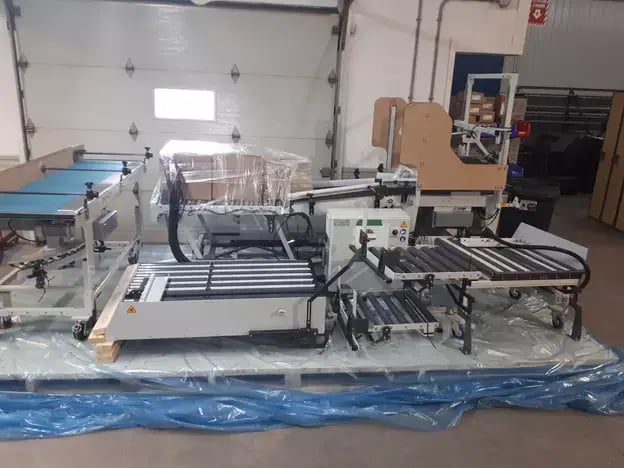
Customs clearance refers to the fees that cover the paperwork handled at the customs when your machine is officially imported into your country.
We usually include this in our shipping cost if we use our custom broker.
Customs clearance fees can vary between $50 to $500 CAD.
When filling out our Questionnaire for a Trouble-Free Project Experience with IMPACK, we ask whether you have your own broker or want to use IMPACK’s custom broker.
If you have your own broker, then you may be able to reduce this cost. This is because you likely have a monthly contract with them and may have negotiated rates.
Duty fees are the fees charged by your country for importing your new machine.
This number varies from country to country. For the European Union, this was 1.7% before the free-trade agreement with Canada came into effect.
All our machines are sent from Canada, hence there is a high chance that your country has a free-trade agreement in place. If so, duty fees can be completely avoided.
When filling out our Questionnaire for a Trouble-Free Project Experience with IMPACK, we will discuss the situation of your country with you and determine the best way to move forward i.e. what official paperwork needs to be prepared to exempt you from paying duty fees, reduce them, etc.
Value Added Tax (VAT), also known as the Goods and Services Tax (GST) in Canada, is a type of tax that aggregates all the taxes repeatedly applied to a product as it moves through production.
The VAT is determined by the central government of your country.
The added cost by the VAT varies from country to country but it’s usually between 15-25% of the contract’s value.
The VAT (if applicable in your country) has to be paid but is refundable.
In other words, you will have to pay the VAT to clear customs and receive your machine but you can reclaim this money from the government at a later stage.
Container storage fees are the fees applied by customs when the duty fees and VAT are not paid on time.
Container storage fees can quickly accumulate to anywhere between $300 to $1500+ CAD if there are delays in payment of several days.
With the information from our Questionnaire, we prepare all the paperwork in advance to have the duty fees paid on time.
Therefore, container storage fees can be easily avoided.
You can control the payment of the VAT invoice (if applicable in your country) to avoid any delays at the customs clearance.
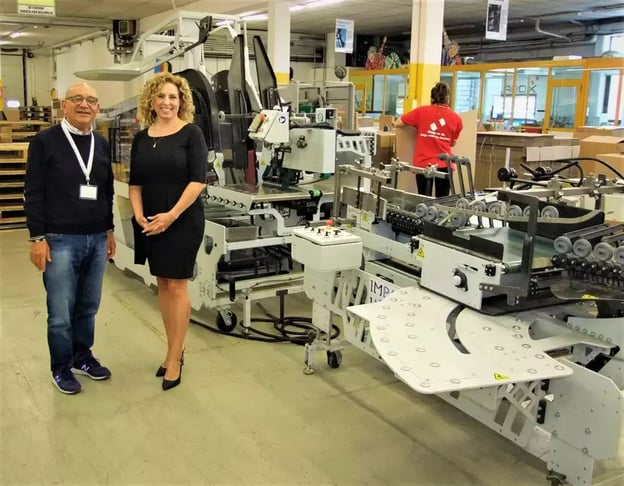
You now know the difference between known costs and hidden costs.
We saw the 2 main hidden costs present before signing a contract and the 5 main hidden costs present after signing a contract.
We also talked about the value of those hidden costs, what costs you can reduce/avoid, and how to do so.
The 3 main takeaways I want to leave you with are:
Ask your packaging equipment manufacturer (whether you choose to go with IMPACK or another manufacturer) about these costs and consider them during your budget planning.
Provide your packaging equipment manufacturer with all the required information early on to avoid unnecessary costs.
Proactively work with your packaging equipment manufacturer to reduce and avoid hidden costs before they happen.
Your Next Steps would be to:
👉 Learn how to reduce costs arising from production problems: The 4 Most Common Folder-Gluer Packer Problems (& How to Avoid Them)
👉 Learn how to avoid costs from a bad startup/training: Top 5 Problems with Folder-Gluer Packer Installations (+ Solutions)
👉 Find out what budget you need for your new packaging equipment: How Much Does a Folder-Gluer Packer Cost?
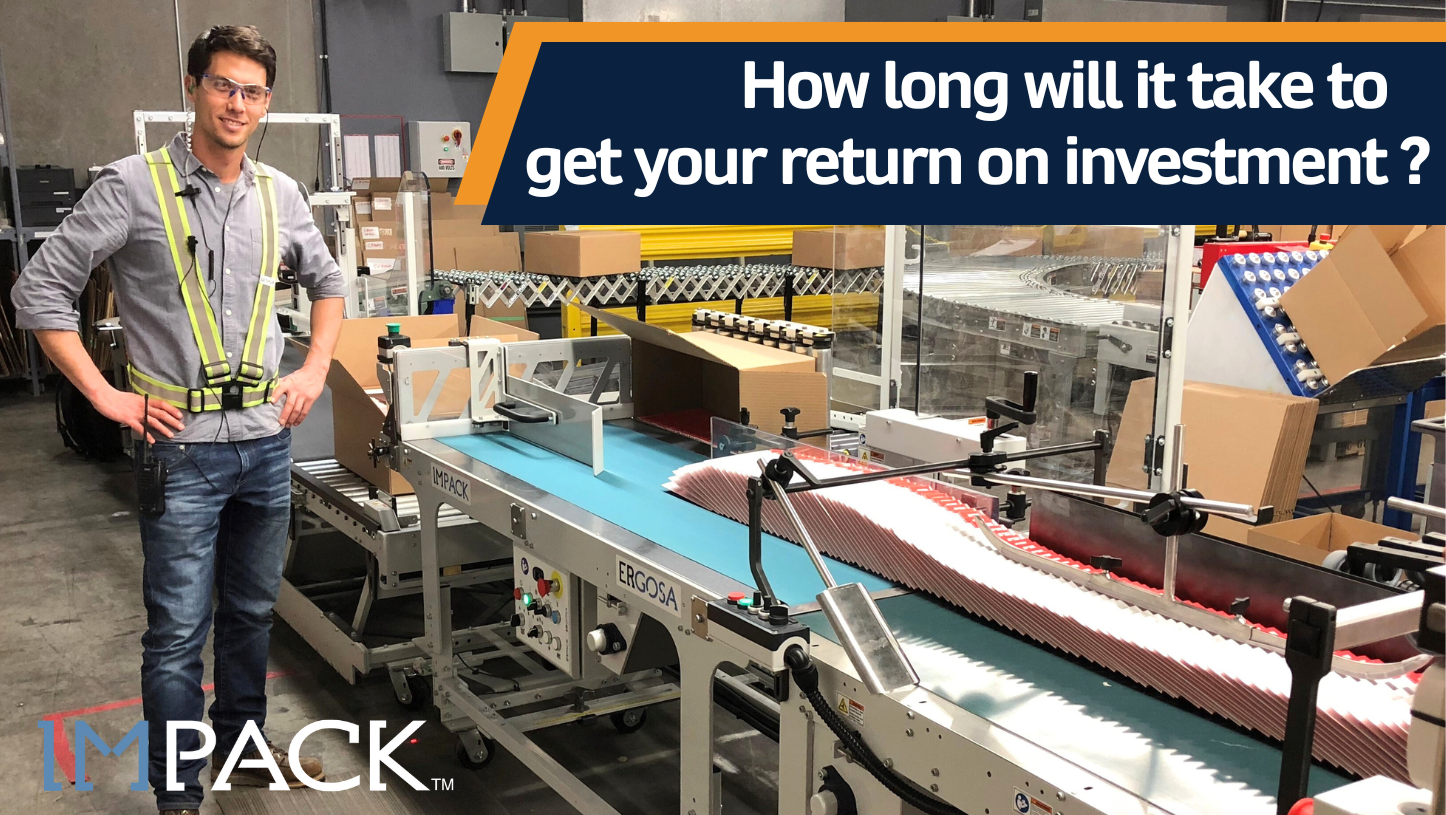
This article will show you the most effective way to calculate how long it will take to get your return from investing in packaging equipment.

Are you considering the purchase of packaging equipment to help you improve your folder-gluer’s productivity?
.jpg)
You're in the process of searching for a packaging equipment supplier to help you improve your folder-gluer productivity and reach higher packing...